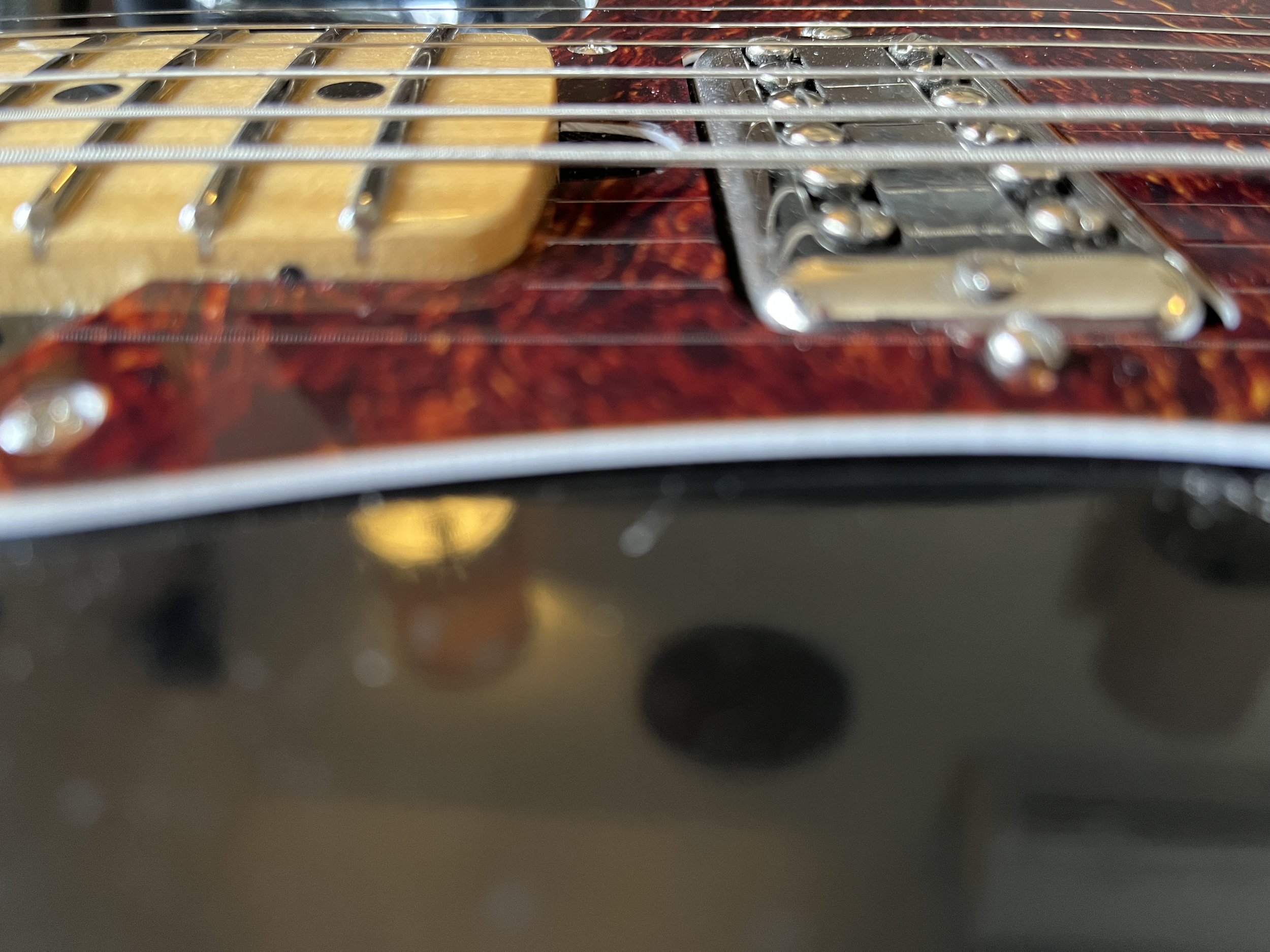
Melodic Minor
Unlock a Unique Sound with the Melodic Minor Scale
The Melodic Minor Scale adds a distinctive flavor to your playing and helps you navigate more complex chord progressions. This scale is a key ingredient in countless songs, from The Beatles to Stevie Wonder, and is a staple in many jazz standards.
How to Use the Melodic Minor Scale
The Melodic Minor is most commonly used over minor 4 chords. In Backing Track #1, you'll be playing over a simple progression in the key of C: moving between C (the I chord) and F minor (the minor IV chord).
To visualize the scale, think of it as Dorian with a major 7 (1 - 2 - ♭3 - 4 - 5 - 6 - 7). Start with Shape #4 (the E minor shape), which fits over the F minor barre chord at the 13th fret.
Expanding the Sound: The Altered Scale
Once you’ve internalized the Melodic Minor’s sound, you can explore its modes, the most important of which is the Altered Scale (the 7th mode of the Melodic Minor).
The Altered Scale is typically used over altered dominant chords (V7alt) that resolve to a minor chord. In Backing Track #2, you’ll hear this sound in action over a progression that moves between A minor and E7#9 (an altered dominant chord functioning as the V of A minor).
By mastering these sounds, you’ll add depth, color, and sophistication to your playing. Start with the basics, let your ear absorb the scale, and experiment with applying it in your own music!
Click on the diagram below to download the PDF-
